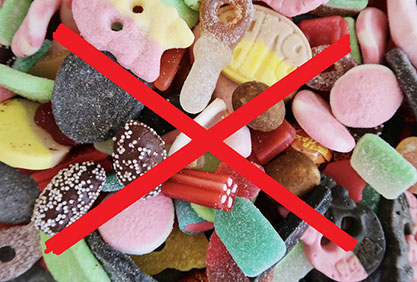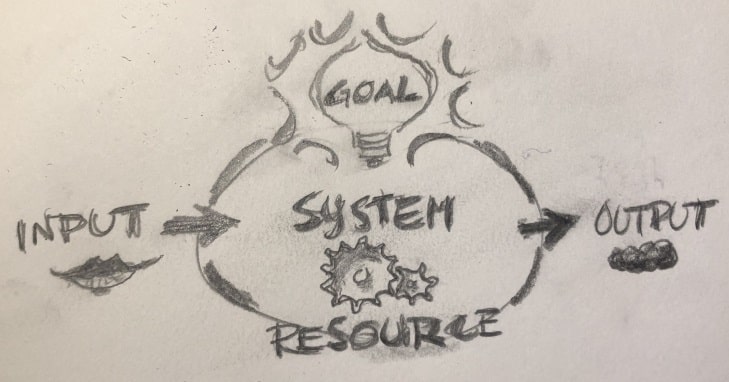If you want to train your most beautiful muscles, you should train your face. People often look surprised when asked if they train their facial muscles. “Can I train the face?” Of course you can! Many people train the body every day but few train the face. Facial training is like a blind spot on the map, yet the face is the most visible part of the body. The facial muscles determine our appearance. If you want to look good, your face should be the first thing you train. You can train your face by eating carrots and tough meats but there is a limit to how much you can eat. You can also do Face Yoga and peeling. The downside is that it may take a long time before it gives results.
Train your beautiful facial muscles with JAW PEER
JAW PEER is an efficient way to train your most beautiful muscles. The skin on your face is largely suspended in muscles, which means that the muscles hold the skin in place and you look better after you have trained them. It goes surprisingly fast. Just a few minutes and you’ll see the effects. Then you also feel better because what you see when you look in the mirror affects your mood. The jaw muscle named masseter is the strongest muscle in the body and enamel is the hardest material. The teeth are made to be used as tools and withstand wear. Ordinary chewing gum does not provide the same chewing resistance. In addition, it is a disposable product that leaves junk that is difficult to remove. JAW PEER sells elastic chewing gum. Better both for your face and for the environment.
CHEWPEER superior to competitors
There are other jaw trainers on the market. Some of them look like a big plastic ball that you bite in with your front teeth. The incisals are not made to chew hard so the unnatural bite can damage the jaw. Others are made of less pure material. JAW PEER is manufactured in Sweden from a unique material that withstands great stress. To get the maximum effect, two CHEW PEER should be used simultaneously, one on each side. The shape prevents it from getting stuck in the throat. The structure is designed to stimulate those parts of the brain that increase your concentration and give you faster responsiveness.







